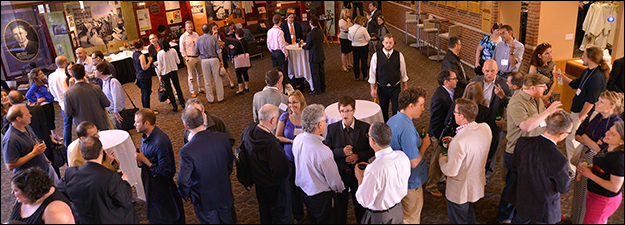The "Good," the "Bad," and the "Ugly" Ruler: Ideal Kingship in the Middle Ages
Sponsoring Organization(s)
Center for Medieval and Early Modern Studies, Univ. of Florida; Research Group on Manuscript Evidence
Organizer Name
Mildred Budny, Florin Curta
Organizer Affiliation
Research Group on Manuscript Evidence, Univ. of Florida
Presider Name
Vlada Stankovic
Presider Affiliation
Univ. of Belgrade/Institute for Advanced Study
Paper Title 1
"Speech is Silver, Silence is Golden": Usurpers' Deeds and Historians' Verdicts in Merovingian and Carolingian Chronicles
Presenter 1 Name
Gerald Schwedler
Presenter 1 Affiliation
Historisches Seminar, Univ. Zürich
Paper Title 2
"One Man's Villain Is Another Man's Hero": Concepts Which Medieval Historians Employed to Construct the Images of Central European Princes as Good or Bad
Presenter 2 Name
Grischa Vercamer
Presenter 2 Affiliation
Freie Univ. Berlin
Paper Title 3
"Wise as Solomon / Cruel as Rehoboam": Ancient and Biblical Models for Portraying Good and Bad Rulers in Medieval Central Europe
Presenter 3 Name
Robert Antonín
Presenter 3 Affiliation
Ostravská Univ.
Paper Title 4
In Search of Rule Models in Saint Erkenwald and Lydgate's Saints Edmund and Fremund
Presenter 4 Name
Rebecca Huffman
Presenter 4 Affiliation
Univ. of Michigan-Ann Arbor
Start Date
16-5-2015 10:00 AM
Session Location
Schneider 1125
Description
Medieval kings came in many shapes and styles, ideal and less-than-ideal. This session examines the methods, models, terms, aspirations, and criticisms employed by medieval historians, chroniclers, and literary authors -- from Merovingian and Carolingian realms, through Central Europe, to late-medieval England -- to depict fitting role models for rulership, in theory and in practice. Sometimes their materials involve negative examples, which can call for special terms, exhortations, and ironies, both stated and understated.
-- Mildred Budny
The "Good," the "Bad," and the "Ugly" Ruler: Ideal Kingship in the Middle Ages
Schneider 1125
Medieval kings came in many shapes and styles, ideal and less-than-ideal. This session examines the methods, models, terms, aspirations, and criticisms employed by medieval historians, chroniclers, and literary authors -- from Merovingian and Carolingian realms, through Central Europe, to late-medieval England -- to depict fitting role models for rulership, in theory and in practice. Sometimes their materials involve negative examples, which can call for special terms, exhortations, and ironies, both stated and understated.
-- Mildred Budny


